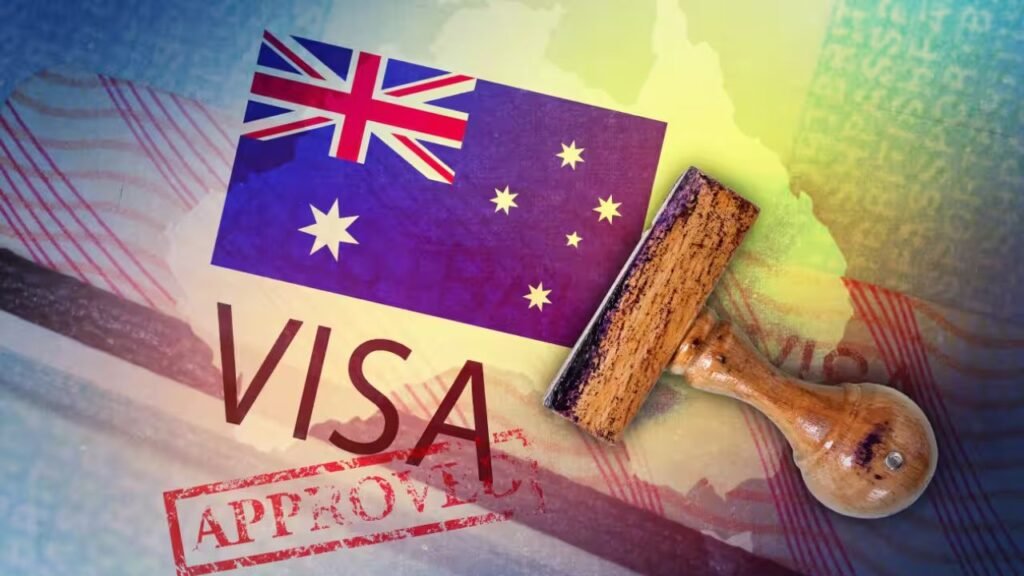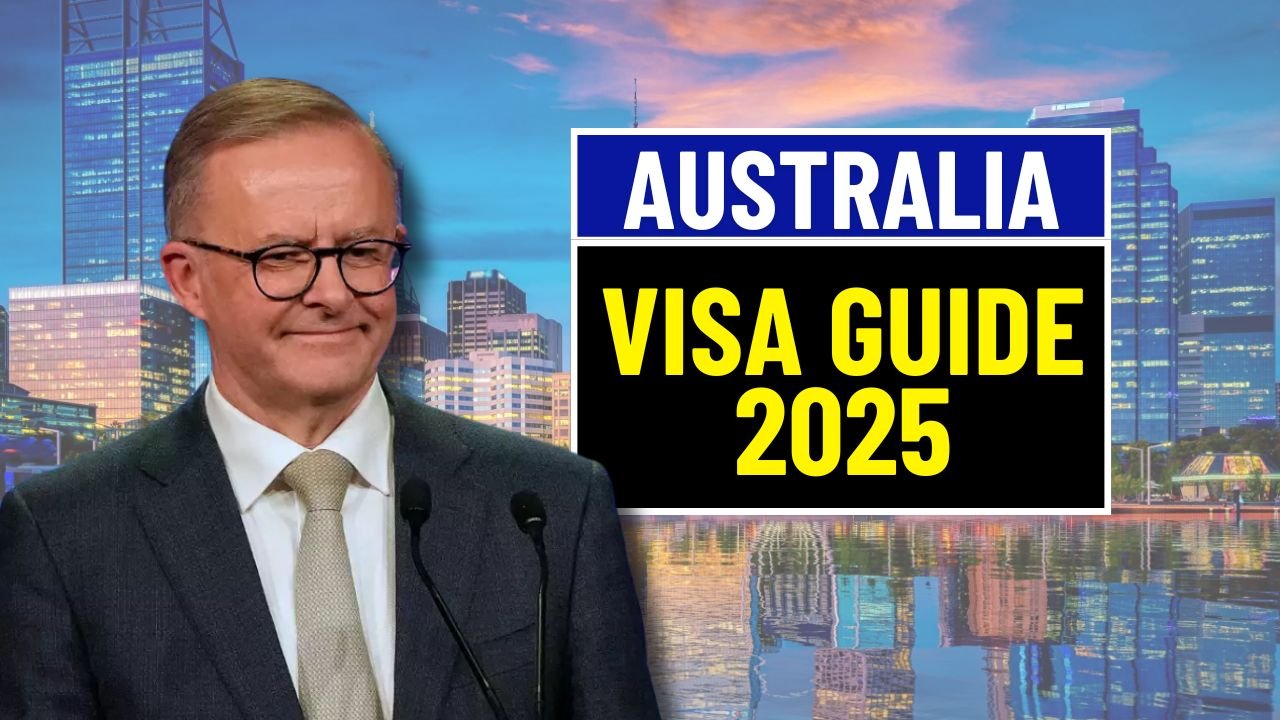Australia’s immigration framework has undergone a major transformation in 2025, introducing two dynamic visa streams tailored for professionals across high-demand and innovation-driven sectors. These are the National Innovation Visa (Subclass 858) and the Skills in Demand Visa (Subclass 482). Designed to cater to global talent and address skill shortages, these new visas offer faster, clearer, and more flexible migration pathways than previous schemes.
The Vision Behind the 2025 Migration Shake-Up
Rooted in the Migration Strategy White Paper released in 2024, these changes aim to fuel the nation’s economic future by attracting individuals from tech, healthcare, trades, and other vital sectors. They replace older visa pathways like the Employer Nomination Scheme (Subclass 186) and the Regional Sponsored Migration Scheme (Subclass 187), reducing bureaucracy and speeding up the approval process for deserving candidates.
National Innovation Visa (Subclass 858)
The National Innovation Visa offers permanent residency from the outset, targeting highly acclaimed professionals in forward-looking sectors such as artificial intelligence, blockchain, renewable energy, and academic research. To qualify, applicants must demonstrate significant global recognition, be nominated by a reputable Australian figure or institution, and typically show earning potential above AUD 167,500.
Among the most appealing features are access to public healthcare, social support systems, and the ability to sponsor family members. There is no age limit, though younger or older applicants must prove exceptional value to the nation. It’s also a direct path to citizenship after just four years of residence.
Skills in Demand Visa (Subclass 482), Versatile and Efficient

The restructured Subclass 482 visa serves as a temporary work visa with clear pathways to permanent residency. It is divided into three pathways: Specialist Skills, Core Skills, and the upcoming Essential Skills, each tailored for various income brackets and industries.
The Specialist Skills stream is tailored for high-income professionals earning over AUD 135,000 annually and offers the fastest processing time, averaging just 7 days. Meanwhile, the Core Skills pathway applies to workers in crucial sectors such as trades, health, and engineering, with salary requirements ranging between AUD 73,150 and AUD 135,000. The Essential Skills stream, set to launch mid-2025, will focus on lower-wage roles in aged care, food services, and disability support, incorporating greater worker protections and sponsorship regulations.
Navigating the Application Process with Precision
Applying for either visa requires careful documentation and understanding of the steps. For the 858 visa, you need to present proof of accomplishments, find a suitable nominator, and submit an Expression of Interest through the Global Talent portal. Once invited, you can proceed with the formal application, which takes between 3 and 6 months to process.
In contrast, the 482 visa requires a valid job offer from a registered Australian employer. For Core Skills applicants, the occupation must appear on the Core Skills Occupation List. Other essential elements include proof of work experience, English language certification, and employer sponsorship. Processing can be completed in as little as 7 days for high-priority applicants.
Budgeting for Your Australian Dream
Cost plays an important role in planning. For the Subclass 858 visa, expect to pay around AUD 4,710 for the visa fee alone, with additional expenses for medical exams, migration agent fees, and English proficiency testing. The 482 visa is more affordable upfront, with visa fees ranging from AUD 1,330 to AUD 2,770 depending on the stream, though associated costs can add up similarly.
Quick Approval Tips and Common Pitfalls
To expedite your application, submit certified and complete documents, ensure your occupation and salary meet the requirements, and consider working with a registered migration agent. Including strong supporting materials such as nominations, awards, and publications can significantly boost your chances. Common pitfalls include submitting incomplete files, choosing the wrong occupation category, or failing the English proficiency standards.
Success Stories That Prove It Works
Real-life examples underscore the effectiveness of these new pathways. Maya, a biotech researcher from Singapore, obtained her Subclass 858 visa within 4.5 months thanks to a nomination from a top university. Meanwhile, Carlos, a skilled tradesman from Brazil, secured the 482 Core Skills visa in just 21 days and transitioned to permanent residency in under three years, demonstrating the system’s efficiency and flexibility.
Preparing for the Journey Ahead
Australia’s 2025 visa overhaul is an open invitation for global talent to participate in the country’s growth story. Whether you’re a seasoned innovator or a highly trained professional in health or engineering, these new options offer faster, more secure, and more predictable immigration outcomes. Start gathering your documentation, identifying potential nominators or employers, and stay informed on upcoming industry lists to ensure your best chance at a successful migration.

